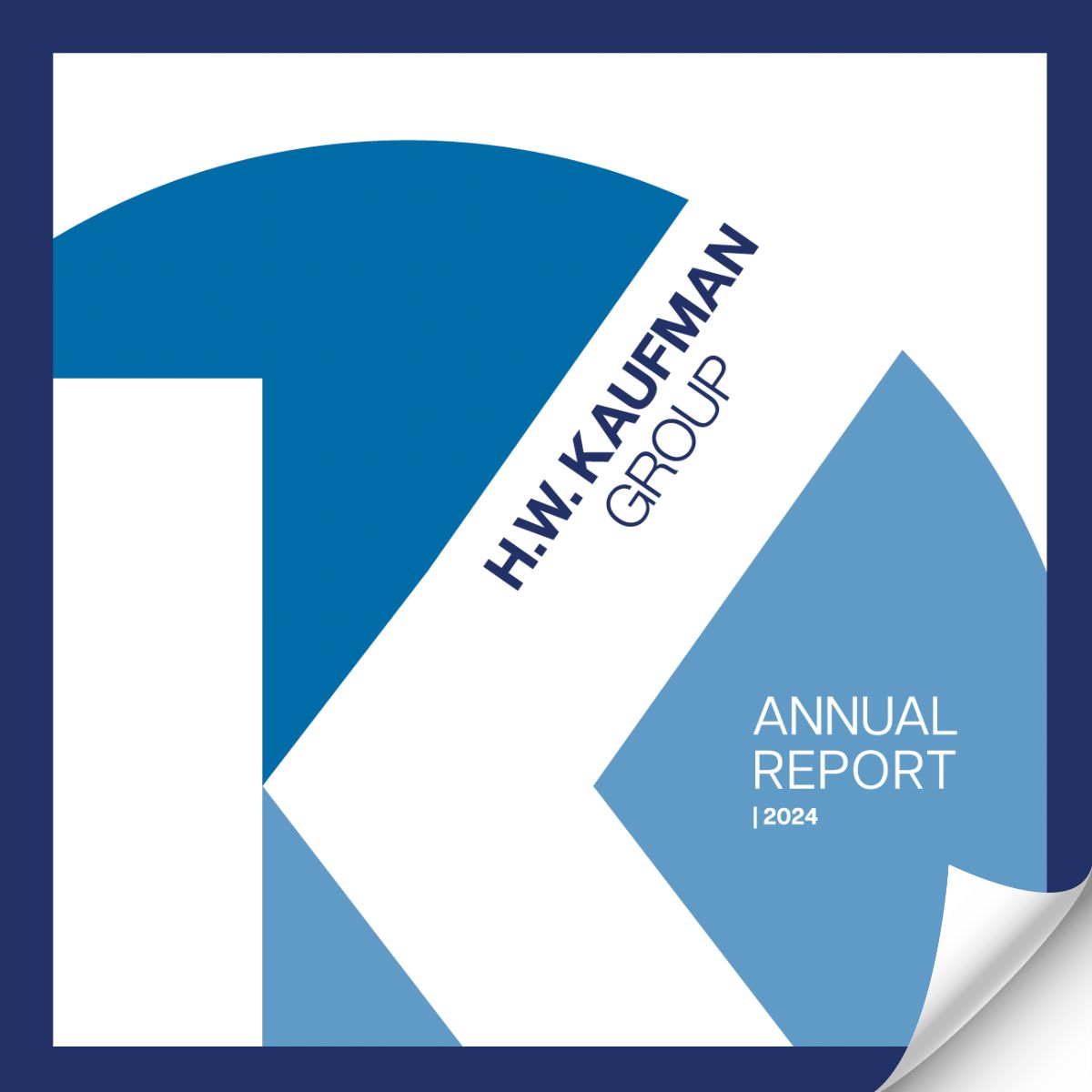Inside This Article:
- Subcontractor defaults are rising as labor shortages, material costs and economic pressures strain smaller firms.
- Many contractors wrongly assume that Commercial General Liability (CGL) Insurance covers all risks tied to subcontractor performance.
- Professional Liability Insurance, such as Errors & Omissions (E&O) coverage, addresses gaps left by CGL, in design-build projects.
- Subcontractor Default Insurance (SDI) can help pay for replacement costs, project delays, and legal fees when subcontractors fail to deliver.
- Prequalification, insurance verification and strong contracts with risk transfer language are critical for managing subcontractor risks.
- Professional Liability Insurance works with CGL and SDI to help contractors protect their business and reputation in today’s complex environment.
A $600,000 lawsuit in Boulder, Colorado is a stark reminder of how costly subcontractor failures can be. Zocalo Construction LLC sued the surety for Steel Huggers LLC over incomplete and defective steelwork at a 307-unit apartment complex. Steel Huggers allegedly failed to install essential structural features and misappropriated funds before going bankrupt. As a result, Zocalo was forced to find new subcontractors and pay $167,173 for materials that never arrived from Steel Huggers.
These issues are not unique. According to a 2024 survey by the Associated General Contractors of America, 70% of contractors reported an increase in subcontractor defaults, with half experiencing project delays or cancellations as a result. “In the short term, subcontractor failures can create costly claims, legal disputes, delays, higher costs and damage to your reputation,” said Cooper Veazey, Senior Underwriter, Commercial Insurance, Burns & Wilcox, Oxford, Mississippi. “Over the long term, the fallout can include higher premiums, difficulties finding future coverage, and the real possibility of getting pulled into litigation.”

In the short term, subcontractor failures can cause serious headaches – delays, higher costs and damage to your reputation.
Drivers of Subcontractor Defaults
Rising material costs, labor shortages and economic volatility are fueling more subcontractor defaults. Smaller subcontractors in particular face tight cash flow and limited access to credit, making them vulnerable when supply chain disruptions or project delays hit. Contractors must understand these broader market dynamics to anticipate potential disruptions and protect their projects.
Bridging the Gaps: Where CGL Coverage Stops Short
Commercial General Liability (CGL) Insurance is essential for protecting contractors against third-party bodily injury and property damage. However, it does not pay for the costs of redoing or replacing defective contractor or subcontractor work. When subcontractors walk away or perform poorly, these gaps can leave contractors exposed to substantial financial risks.
For example, if a subcontractor fails to install structural steel properly or pours a faulty foundation, CGL Insurance does not cover the cost of redoing the work. That burden falls squarely on the contractor, which can strain budgets and project schedules.

The biggest misconception is that contractors think their Commercial General Liability Insurance covers everything, but it does not.
“The biggest misconception is that contractors think their Commercial General Liability Insurance covers everything, but it does not,” said Jason Travis, Broker, Professional Liability, Burns & Wilcox, Tampa, Florida. “You cannot assume that what you have is enough without digging into the details.”

You cannot assume that what you have is enough without digging into the details.
Subcontractor Default Insurance (SDI) can help bridge these gaps when subcontractors fail to perform. “The SDI is first-party insurance purchased by the GC. It covers direct and indirect costs like a subcontractor’s failure to perform,” Veazey said. “It typically covers the cost to replace the subcontractor, project delays, acceleration costs, legal expenses, and damages due to default.”
The Growth of Design-Build Models
These coverage solutions are important, but they are not the whole picture. As design-build models grow, the line between design and construction blurs, creating new exposures. Design-build firms and contractors are increasingly responsible for not just construction – but also design elements that can create professional liability risks.
This is where Errors & Omissions Insurance can close the gap. It covers financial losses linked to design flaws and oversights, which can lead to expensive lawsuits and reputational damage. This coverage does not replace CGL Insurance but works alongside it to protect contractors working in today’s complex design-build projects.
“The mere allegation by an attorney of professional negligence, errors or omissions tied to the design or the work can be problematic. This is where E&O Insurance becomes essential,” said Travis.
Professional Liability Insurance provides coverage for allegations of professional errors – such as design flaws, miscalculations, or oversight – that can lead to structural issues or project failures down the line. With design-build projects on the rise, this protection is more important than ever.
Best Practices for Mitigating Subcontractor Risks
The most comprehensive insurance policy is still no substitute for effective risk management. Contractors should start by checking financials, safety records, litigation history, and references before hiring a subcontractor. Always confirm that insurance documents are up to date and complete with the correct endorsements.
“Subcontractor prequalification is critical – financials, safety record, litigation history, references. And do not overlook those Certificates of Insurance – they need to be current and complete,” said Veazey.

Subcontractor prequalification is critical – financials, safety record, litigation history, references. And do not overlook those Certificates of Insurance – they need to be current and complete.
Beyond insurance, strong contracts are a critical risk management tool. Contracts should include clear indemnification language, outline insurance requirements for subcontractors, and ensure that risks are allocated fairly. Requiring additional insured endorsements, waivers of subrogation and hold harmless agreements can also add another layer of protection if subcontractors default.
Putting It All Together
Subcontractor failures and the rise of design-build models create real challenges for contractors. Rising material costs and a competitive labor market only add to the strain. While diligent risk management and thorough vetting are essential, they cannot protect against every exposure. “The mere allegation by an attorney of professional negligence, errors or omissions tied to the design or the work can be problematic. This is where Professional Liability Insurance becomes essential,” said Travis. Professional Liability Insurance works alongside CGL and SDI to help contractors navigate these complex risks and protect their business and reputation.








